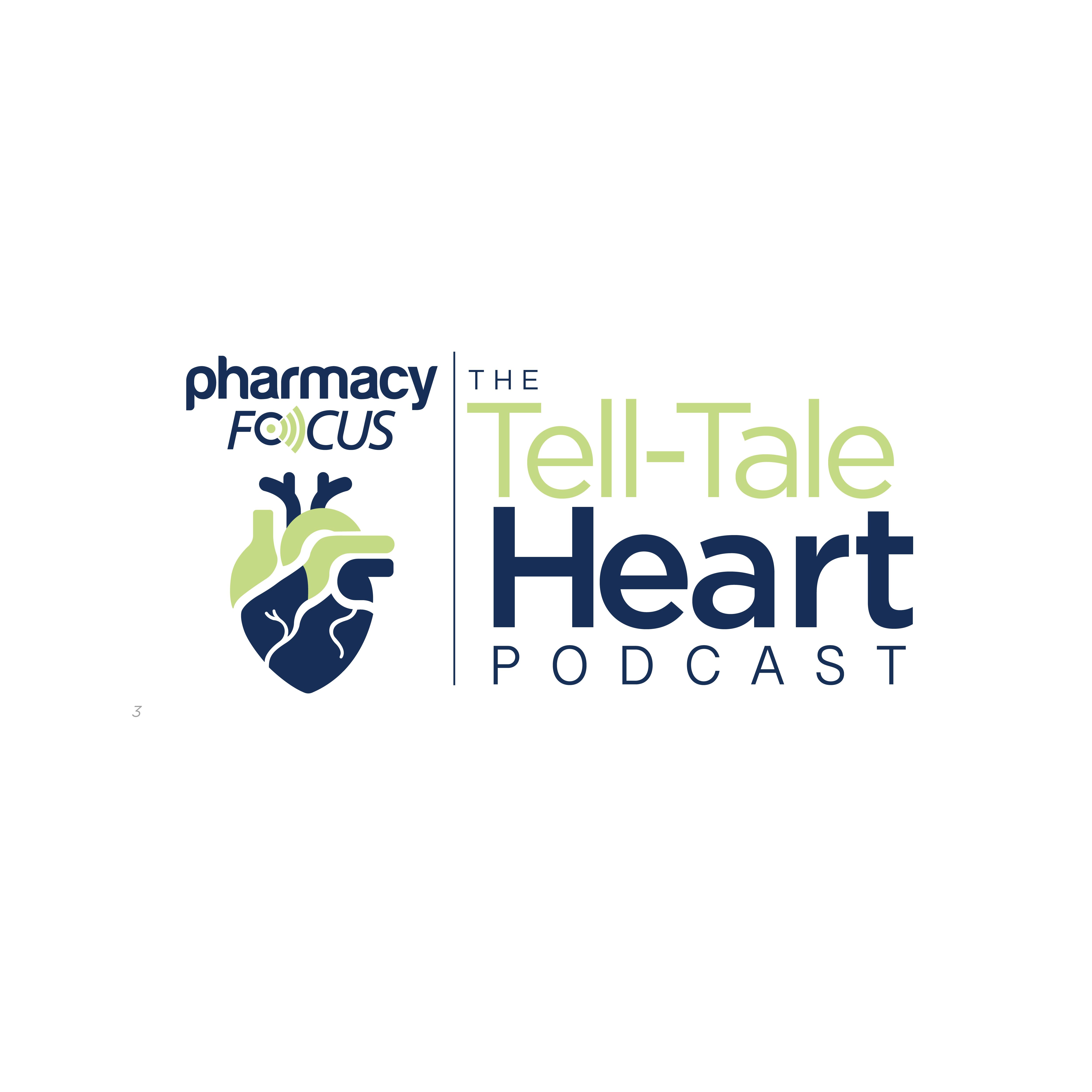Commentary
Video
Advancing Cancer Care: The Role of Radiopharmaceuticals in Precision Medicine
Naga Vara Kishore Pillarsetty, PhD, discusses advancements in radiopharmaceuticals for cancer therapy, noting common supply chain challenges, radiation safety measures, and patient misconceptions with the use of these drugs.
Pharmacy Times interviewed Naga Vara Kishore Pillarsetty, PhD, a radiochemist at Memorial Sloan Kettering Cancer Center, about his presentation at Precision Medicine World Conference 2025 which discusses radiopharmaceuticals for cancer therapy. Kishore Pillarsetty explains that radiopharmaceuticals play a critical role in treating various cancers, with radioactive iodine therapy for thyroid cancer being the first targeted treatment. More recent advancements include Lutetium-177 (Lu 177)-dotatate (Lutathera;Novartis) for neuroendocrine tumors and Lu 177 vipivotide tetraxetan (Pluvicto; Novartis) for PSMA-positive (PSMA+) prostate cancer.
Kishore Pillarsetty notes that radiopharmacists work closely with chemists, oncologists, and nuclear medicine specialists to optimize synthesis, ensure quality control, and coordinate timely delivery of radiopharmaceuticals, given the short half-lives of these agents. However, supply chain challenges, such as the need for on-site production of Gallium-68 agents or disruptions in Lutetium-177 supply, can impact access to treatments.
The field continues to evolve with emerging radiopharmaceuticals such as Actinium-225, an alpha-emitting radionuclide showing promise for treatment-resistant cancers, and new targets such as DLL3, G250, and antibody-based PSMA therapies. With numerous startups conducting trials across various cancer types, radiopharmaceuticals are becoming an integral part of modern oncology.
Pharmacy Times: What are the most common cancers treated with radiopharmaceuticals?
Naga Vara Kishore Pillarsetty, PhD: [Radioactive iodine] therapy, which is for thyroid cancer, is one of the first targeted therapies, even when you account for small molecules. Because Saul Hertz, MD, in 1941 and 1942, he did a lot of pre-clinical studies, which showed that thyroid is a gland that accumulates radio iodine, and therefore he found out that if you treat patients with thyroid cancer with radio iodine, you can [target the cancer]. This is the first targeted drug that was sort of developed for the whole medical field.
A depiction of a molecule used in nuclear medicine. Image Credit: © MuhammadArif - stock.adobe.com

More recently, the 2 things that have caught people's attention are [Lu 177-dotatate] for neuroendocrine tumors, and the other one is [Lu 177 vipivotide tetraxetan], which is for PSMA+ prostate cancer. [Lu 177-dotatate] targets metastatic receptors too, which are overexpressed in neuroendocrine tumors, and [Lu 177 vipivotide tetraxetan] targets prostate specific membrane antigen or PSMA, that's over expressed in quite a few metastatic castration-resistant prostate cancer lesions.
Pharmacy Times: How do pharmacists work with oncologists, radiation oncologists, and nuclear medicine specialists to optimize patient outcomes from radiopharmaceuticals?
Kishore Pillarsetty: For the development of the drug product, even before a clinical trial starts, chemists will optimize radio synthesis. Also, in places like my lab, we identify new molecules that can be used for targeting new types of cancer or targeting existing cancers with much better efficacy, treating those cancers with much better efficacy. So, with chemists, it starts even before the drug is being administered for patients, like either as part of a clinical trial or as part of an approved drug, and in the synthesis process, chemists and radiopharmacists work together for production of the drug. In fact, most of radiopharmacists employ quite a few chemists, either in a synthetic role or in analytical role, or several of the roles. Even many chemists are involved in operation of a cyclotron, which is used for producing some of the short-lived isotopes.
When it comes to working with oncologists and radiation oncologist medicine at Memorial, the dedicated nuclear medicine department, which is called Molecular Imaging and Therapy Service, deals with diagnostics as well as therapeutic radiopharmaceuticals. So the radiopharmacist coordinates with the clinicians, predominantly from the nuclear medicine departments to get the doses on time, because—just want to remind you, some of the diagnostic agents we are working with, [such as] Gallium-68 dotatate [Netspot; Novartis] or Gallium 68 PSMA-11 [Illuccix; Telix], which is used for PSMA detection, they employ Gallium-68, which has a 68 minute half-life. So, it has to be produced, the quality control, everything has to be done, even before the releasing of it for patients. So, they coordinate with nuclear medicine departments, so that everything is happening, or there's a schedule to it. In other places where they do not have a dedicated nuclear medicine department, that's where the radiation oncologists are filling in the gaps for administering radio diagnostic agents or radiotherapeutic agents.
Pharmacy Times: What are the supply chain challenges associated with radiopharmaceuticals?
Kishore Pillarsetty: The challenge with the radiopharmaceuticals is that the shelf life is much shorter. For diagnostic agents, as I said, for Gallium-68 agents, they almost have to be manufactured onsite, though there are—in a city like New York or [Philadelphia]—you can make it at one center and ship it within the city. But for long distances, it's not a challenge.
When it comes to therapeutic radiopharmaceuticals such as [Lu 177-dotatate] or [Lu 177 vipivotide tetraxetan], they are labeled with lutetium 177, which has an approximate half-life of around 7 days. Not only half-life is a concern, but also the product is emitting particles that can degrade the molecule before administration as well. So, they have very limited half-lives or shelf lives, so everything is well coordinated so that you order the dose on time, and it gets delivered on time. Because of these challenges with a short half-life, they have to be manufactured on time. Whenever there are issues, such as challenges with supply of lutetium 177, or there are issues with the production or the manufacturing facility, such as a [Good Manufacturing Practices] manufacturing facility, this creates issues. I think this was experienced a year or so ago, when Novartis had a tough time immediately after [Lu 177 vipivotide tetraxetan] was approved because there were supply chain issues.
Pharmacy Times: How do pharmacies ensure compliance with radiation safety protocols for both staff and patients?
Kishore Pillarsetty: At Memorial, and I'm pretty sure in other places where radiopharmaceuticals are administered, you have a radiation safety officer. She or he can be a pharmacist, and in many facilities where there’s a limited number of people, the radiation safety officer can be a pharmacist or a chemist, or sometimes even the MD who is administering the drug. [In this radiation safety officer role,] they ensure that they follow the rules, because we have different levels of rules. For example, in New York City, we not only have to follow the Nuclear Regulatory Committee rules, but also the city rules, which are much more stringent when it comes to how you administer, where you store it, and what the discharge conditions are. So, there is a radiation safety office, in case of a big hospital like Memorial, or you have a radiation safety officer within a pharmacy who will ensure that all the regulations are met and compliance is ensured.
Pharmacy Times: What are potential adverse effects, radiation exposure risks, and safety precautions associated with radiopharmaceutical treatment for patients and their families?
Kishore Pillarsetty: First, I want to remind people that radiation is everywhere. I mean, the banana we eat has potassium 39, which has a weak beta meter, and whenever we take a flight, we get exposed to much higher dose of radiation compared to when we are on the ground. Having said that the adverse effects can be real, but very restricted to the patient who's administered. Because the beta particles that are emitted by radio isotopes, such as lutetium 177, they travel very short distances. The radiation exposure to either service providers, pharmacists , or family members comes from the gamma emission, which is the photon that is emitted by the lutetium along with the beta particle. So, the risk is pretty minimal.
But, in general, the advice from the clinic to the patient is to keep contact with family members to a minimum [for] couple of days. Within a week or so, most of radiation either sticks to the tumor, kills the tumor and gets released, and is eliminated either via fecal [matter] or via urine. So, within a week or so, the patient is pretty much—I wouldn’t say non-radioactive, but the radiation risk posed is very, very minimal.
Pharmacy Times:What are some common questions or misconceptions that patients may have about radiopharmaceutical treatment?
Kishore Pillarsetty: I think everybody gets scared when they hear the Geiger counter goes up. I mean the advantage of anything radioactive is that you can detect it at such a tiny quantity, because it's emitting a type of radiation for which we have very, good detectors. So, the biggest stigma is that for patients, they think that this is usually something that's harmful, but that's not the case. I think millions of patients have been treated with radio iodine therapy, and most of them achieve complete cures and they can carry on their normal life. [However,] just like with any other treatment, for example, chemotherapy, there's an increased risk of secondary cancers 20 or 30 years down the road. But this is not statistically significant more than, say, if you're administered with a chemotherapeutic agent, such as a [paclitaxel] or a gemcitabine or any of the non-radioactive drugs. So, this is something which patients have to be reminded all the time.
Also, the challenge is with the acceptance within the medical community. For example, I spoke to you about the [Lu 177 vipivotide tetraxetan] as well as the [Lu 177-dotatate], but in early 2000s there were 2 approved drugs for non-Hodgkin lymphoma. Iodine-131 labeled tositumomab [Bexxar; GlaxoSmithKline], and Yttrium-90 ibritumomab tiuxetan [Zevalin;Spectrum], which was approved for non-Hodgkin lymphoma.
The challenge there was that the companies focused primarily on nuclear medicine providers, and they didn't sort of educate or coordinate well with the medical oncologists to show the benefits of this particular treatment and how it can be part of their arsenal. So, there it became a challenge, and eventually, they suffered market withdrawal because they couldn't recruit enough patients. So, the stigma is one thing, and awareness is another thing. I think now they are becoming part of mainstream. You can see [advertisements for these drugs] during football breaks, like during [football] halftime. I was pleasantly surprised to see [Lu 177 vipivotide tetraxetan] commercials running a couple of times during the playoffs last week.
Pharmacy Times:What new radiopharmaceuticals are currently in development or in clinical trials for cancer therapy?
Kishore Pillarsetty: So, in terms of new radiopharmaceuticals that are being developed, there are several of them. For targeting neuroendocrine tumors as well as PSMA+ prostate cancer, there is a more potent radionuclide, which is called actinium-225, which emits alpha particles instead of a beta particle. The advantage with alpha emitters is that they are 1000 times more powerful. So even in patients who eventually stop responding to treatments with [Lu 177-dotatate] or [Lu 177 vipivotide tetraxetan], the corresponding actinium labeled compounds seem to be able to cure or cause disease regression. So, there are several late stage trials that are dealing with actinium labeled dotatate, which is a [Lu 177-dotatate] analog, and actinium labeled PSMA-617, which is a [Lu 177 vipivotide tetraxetan] analog for actinium. These are, again, the same targets.
There are several new targets that are being explored. There's a target called DLL3, that's being explored for small cell lung cancer and neuroendocrine prostate cancer. There is G250 or carbonic anhydrase IX, which is a target for antibodies being developed by one of the companies. In terms of targeting PSMA, there's an antibody-based approach as well that is showing very, very good results, that's in very late stage clinical trials. In the last 5 or 6 years, there are almost 60 to 70 startups that are conducting trials in various stages, and we are targeting about 15 to 20 new targets that are overexpressed on cancers, [such as] for breast, for prostate, for lung, and colorectal cancer, among many others.






